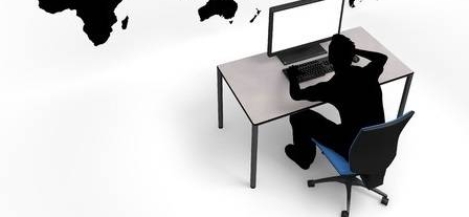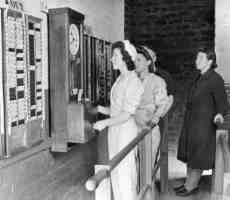April 8, 2016
93 percent of UK mobile phone users have their location tracked daily 0
 You may recall a couple of news stories from January that sparked a fleeting debate about the way technology allows firms to pry into where we are and what we are doing. The first concerned the installation of under-desk sensors at the offices of The Daily Telegraph, the second a ruling from the European Court of Human Rights concerning the rights of employers to monitor the social media activities of staff. Our take on these stories was that neither was quite as it was reported, but maybe there’s more to concern us in a claim from an advocacy group called Krowdthink that Wi-Fi and mobile networks in the UK routinely track our location and sell data to marketing firms and other third parties. The organisation has initiated a new campaign called Opt me out of Location to highlight what it considers the privacy implications of a situation in which 93 percent of mobile phone users in the UK have their location monitored, usually without their knowledge.
You may recall a couple of news stories from January that sparked a fleeting debate about the way technology allows firms to pry into where we are and what we are doing. The first concerned the installation of under-desk sensors at the offices of The Daily Telegraph, the second a ruling from the European Court of Human Rights concerning the rights of employers to monitor the social media activities of staff. Our take on these stories was that neither was quite as it was reported, but maybe there’s more to concern us in a claim from an advocacy group called Krowdthink that Wi-Fi and mobile networks in the UK routinely track our location and sell data to marketing firms and other third parties. The organisation has initiated a new campaign called Opt me out of Location to highlight what it considers the privacy implications of a situation in which 93 percent of mobile phone users in the UK have their location monitored, usually without their knowledge.































April 5, 2016
Scientific management and the enduring love of the open plan office
by Mark Eltringham • Comment, Furniture, Technology, Workplace design
(more…)